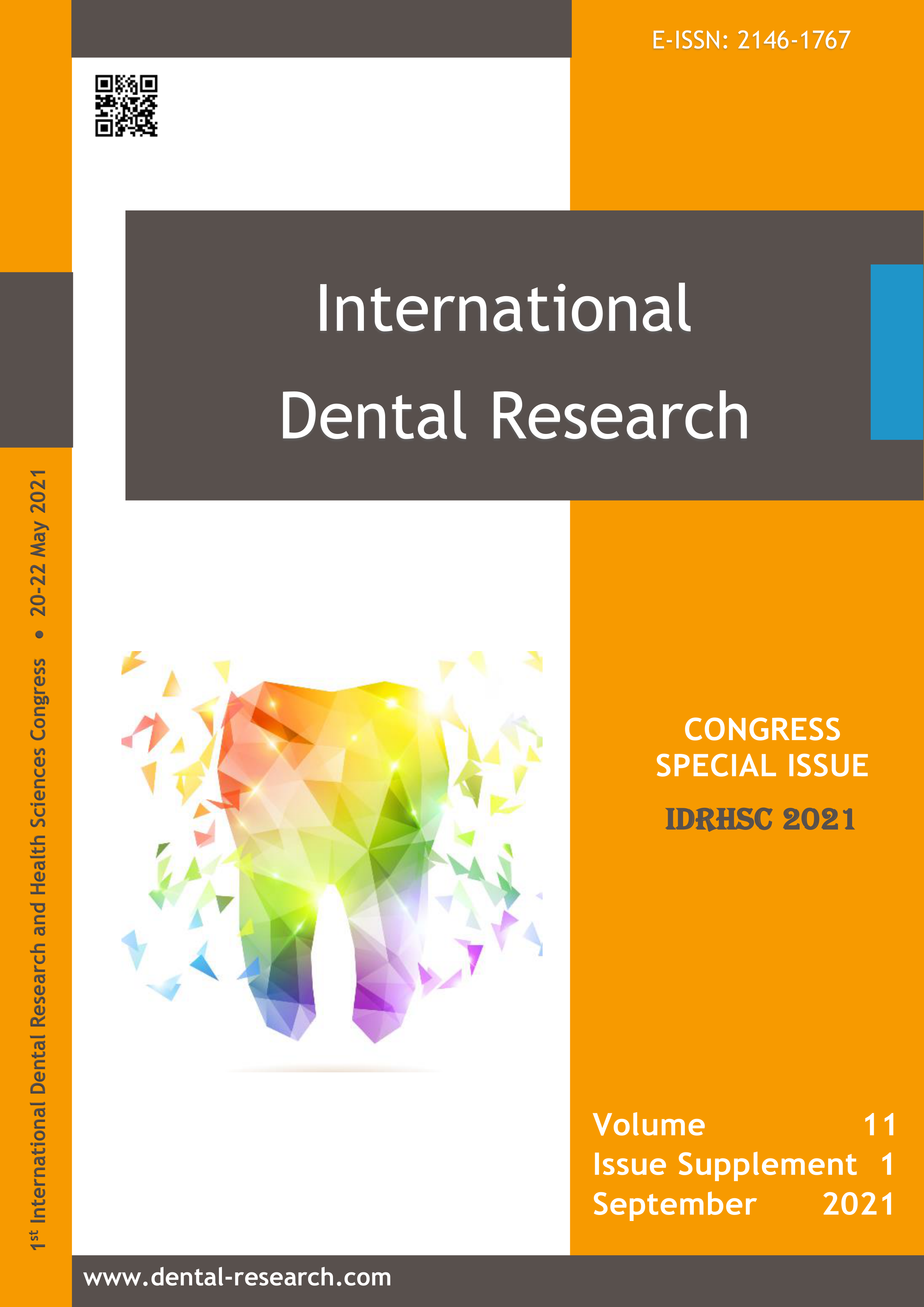Treatment of anatomic canal variations in premolar teeth: Five case reports
Abstract
Aim: The aim of this case report is to present a series of anatomical variations and endodontic treatments in four two-canal mandibular premolar teeth and three rooted three-canal maxillary second premolar teeth with root canal treatment indications identified via clinical and radiographic examinations.
The success of root canal treatment is achieved with a thoroughly examined root canal morphology that has been accurately determined radiographically and clinically before adequate shaping, irrigation, and hermetic filling procedures. Root canals that are not found or not adequately disinfected can cause root canal treatment failure and complications, such as pain, swelling, or persistent fistula, also known as flare-up, after treatment.
Canal variations in the teeth were detected via periapical radiographs during the root canal instrumentation stage.
Methodology: The endodontic treatments of four two-canal mandibular premolar teeth and one triple-rooted three-canal maxillary second premolar with root canal treatment indications were described.
Conclusion: To achieve full success in root canal treatment, anatomical variations should be examined in detail before and during treatment, and treatment should be completed with appropriate techniques.
How to cite this article: Dinger E, Bodrumlu E. Treatment of anatomic canal variations in premolar teeth: Five case reports. Int Dent Res 2021;11(Suppl.1):279-84. https://doi.org/10.5577/intdentres.2021.vol11.suppl1.41
Linguistic Revision: The English in this manuscript has been checked by at least two professional editors, both native speakers of English.
Full text article
Authors
This is an Open Access article distributed under the terms of the Creative Commons Attribution 4.0 International License (CC BY 4.0), which permits unrestricted use, distribution, and reproduction in any medium, provided the original work is properly cited.

